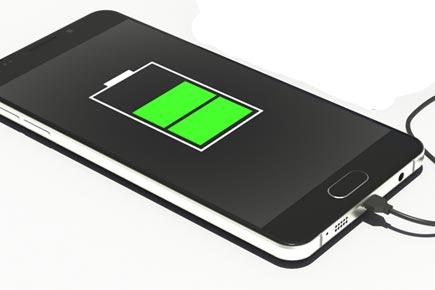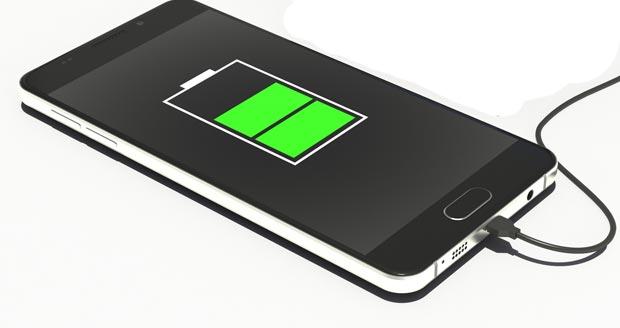Wanting to wake up to a fully charged phone in the morning, do you plug it in before going to bed? Well, that is not quite the right thing to do. Here's why...

smartphone charging
Wanting to wake up to a fully charged phone in the morning, do you plug it in before going to bed? Well, that is not quite the right thing to do. Here's why...

Representational picture
ADVERTISEMENT
Firstly, the lithium-ion or lithium-polymer battery on the phone will damage faster. This is because, most smartphones use technology that enables their batteries to charge on a faster basis, thus shortening the battery lifespan. So frequent charging, especially overnight should be avoided.
How charging works: Lithium-ion batteries store a lot of energy in a small space, making them the energy source of choice for mobile electronic devices. The lithium ions in the battery travel from one side to the other, which causes it to charge, allowing power to pulse into the battery in specific modulations, increasing the speed at certain intervals.
Conventional lithium-ion batteries are not without their dangers: mobile phone batteries have exploded several times in the past, resulting in injuries.
So the best solution to elongate battery life is not just by avoiding to overcharge it but also some tech experts say, use a charger meant for a less powerful device, though that method may not always work.
Ensure your phone doesn't overheat, high temperatures further excite the lithium-ion in batteries, leading to even quicker deterioration.
Above 35 degrees celcius: The temperature that can damage a phone's battery.
Researchers have now developed a type of lithium-ion battery that, unlike conventional ones, consists entirely of solid chemical compounds and is non-flammable. Thanks to the solid electrolyte used in the new battery, one can not only operate batteries at higher temperatures, but also build thin-film batteries, that can even be directly placed on silicon chips.
In conventional lithium-ion batteries as well as in most other batteries, the positive and negative poles - the two electrodes - are made of solid conductive compounds; charges move between these electrodes in a liquid or gel electrolyte.
If you charge such a battery improperly (overcharging) or leave it sitting out in the sun, the liquid can ignite or the gel can swell up.
This is not the case with solid-state batteries. In these types of batteries, both the electrodes and the intermediary electrolyte are made of solid material.
 Subscribe today by clicking the link and stay updated with the latest news!" Click here!
Subscribe today by clicking the link and stay updated with the latest news!" Click here!







